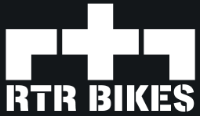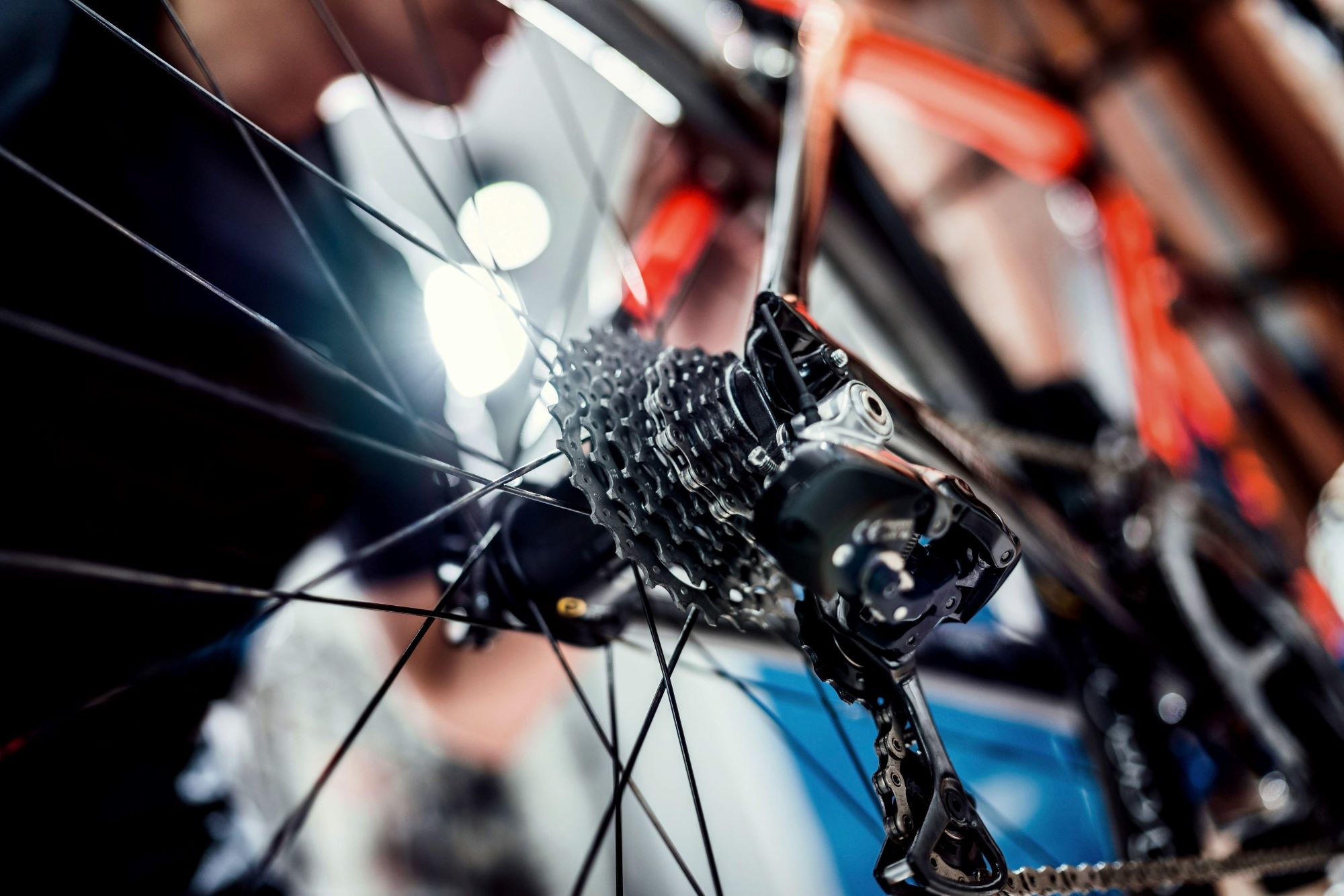A well-maintained bike not only looks better, but also works better – the drivetrain, brakes or shock absorber definitely don’t like dirt. Washing two wheels, however, contrary to appearances, is not as trivial as it might seem. It requires precision, patience and sticking to a few simple but important rules. From today’s article, you’ll learn how to wash your bike so you don’t harm it and save yourself the extra work (and cost) of servicing it.
What will you learn from this post?
- How to clean a bicycle?
- What bike cleaning products will be best and what accessories will come in handy?
- How to clean a bicycle chain?
- Is washing a bicycle at a touchless car wash a good idea?
At a glance
You can use a high-pressure washer to wash your bike, but direct the water stream from a greater distance and at an angle so as not to damage moving parts, especially bearings. To begin with, wash off the dried dirt and mud from the unicycle, and then move on to cleaning more components. Use a dedicated product to wash the drive and brake discs, and clean the handlebars, grips and brake levers with a damp cloth. Remember to wipe each item dry at the end.
Washing a bicycle – what will you need?
At a minimum, you will need cleaning detergent, a bucket of warm water, a sponge, a soft-bristle brush, and a soft cloth to wipe the bike dry. Ideally, use the one made of microfiber, but a piece of fabric cut from an old cotton T-shirt will also work. If you want to take a slightly more professional approach, also stock up on chain and disc degreasers and special brushes for cleaning the chain and cassette.
For the cleaning to go quickly and efficiently, the right stand will also come in handy. It will be most convenient to hang the bicycle on a free-standing hanger or, if you use a pressure washer for washing, place it on a sturdy stand.
How to wash a bicycle? Step-by-step instructions
Start washing your bike by removing dried mud from it, pouring warm water over it to soften the dirt. Focus primarily on the frame. Do not direct a strong stream of water directly at moving parts, such as rudders, hubs, chain or derailleurs. You can rinse the grease out of them. Only after such an initial rinse do you move on to the details.
Chain, cassette, crank
The most difficult part of any bicycle to clean is usually the chain, so it’s the one to focus on first. To make things easier, you can disassemble it (chain clips will come in handy for this) and put it in a bottle with a wide opening. Fill it with the degreaser of your choice, cap it and shake it vigorously a few times – just like a shaker. When the dirt has dissolved, wipe the chain dry.
Of course, you don’t have to remove it every time you wash it. If you regularly take care of your bike and there is no accumulation of months (and for some even years) of dirt on the drive, just apply degreaser to the entire length of the chain with a cloth. With this product, also clean the cassette – here a special cassette brush will come in handy – as well as the top of the crank and derailleur wheels, where old grease likes to build up. When washing the drivetrain, be careful that dirt and degreaser residue does not transfer to the other side of the bike, to the brake discs and linings. If they get dirty with grease, they will cease to perform their functions.
Brake discs and pads
In the next step go to the mentioned discs and pads. To clean them, use a product dedicated to them, which is not as aggressive in action as standard agents, and a clean cloth. Don’t use the one you used for the chain, as you may stain the discs. Thoroughly clean them on both sides, then rinse the residue of the product with water and dry the cleaned parts.
Cleaning the frame on a bicycle
Drive and brakes clean, it’s time for the frame. To clean it, it is a good idea to use a special shampoo for bicycles, which will not harm other components if it accidentally gets into their vicinity. First, gently dampen the frame with warm water, then use a sponge or coarse brush to apply the product to it, washing it from top to bottom. At this stage of cleaning the bike, you can take a close look at it. Check for scratches or cracks on the frame. Finally, rinse it again with water to get rid of any shampoo residue. Use the same preparation for the rims and spokes.
Handlebars, grips, brake levers
The handlebars and the cues and brake levers on them do not tolerate contact with large amounts of water very well. Therefore, use a damp cloth to clean them. If you are going to go for a ride right after this bike spa, be careful not to get the grips too wet – sponge grips absorb water instantly, so they will take a long time to dry.
Thoroughly clean other components, such as shock absorbers, fenders and lights, too, using a damp sponge or cloth. Remember to wipe all already clean parts of the bike dry.
Can the bike be washed with a high-pressure washer?
This is a question that comes up whenever the topic of washing a bicycle surfaces. Yes, you can wash your bike with a Karcher or other high-pressure washer or at a self-service touchless car wash. However, this must be done skillfully and carefully! Above all, do not direct the water jet directly at moving parts, and especially not at the bearings of hubs, slides or rudders. This can lead to their unsealing and “push” water along with dirt inside. To avoid this, the bike should be flushed at different angles and from a greater distance.
How often to wash the bike?
The answer to the question of how often to wash your bike depends on how often, where and under what conditions you ride. If mostly on paved roads and always in good weather, 2-3 times a season is probably enough. However, if you are an avid offroad fan or compete in enduro or DH competitions and train solidly, sometimes you will need to rinse your unicycle of mud and dirt after each ride.
Some avid cyclists say that a clean bike is a happier bike. We’ve never asked our two-wheelers for their opinion on the matter, but we know one thing for sure: a clean, well-maintained bicycle is more secure. Nothing in it rattles or rattles, and the ride is lighter and more pleasant.
If cleaning your bike is a regular point of your cycling activity, you will surely appreciate the advantages of the mentioned Handyman hanger + Tilt bike cleaning mat set. You can find both at rtrbikes.com.
Are you looking for a bike rack or hanger to make it easier to tinker with your equipment? Explore the entire range of RTR Bikes ➡ RTR Bikes racks and hangers – overview of the offer.
Photo source: rtrbikes.com, shutterstock.com


